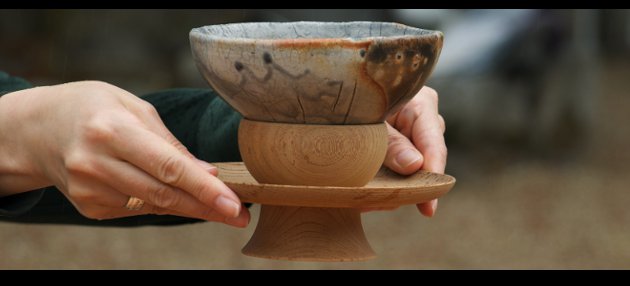Reconciliation?
What does that mean? The Chapel of Reconciliation in the Bernauer Strasse in Berlin raises this important question.
Located on the very "no man's land," the "death strip" which divided East Berlin and West Berlin for most of the Cold War Years, the Chapel has a special significance, for it is a symbol, and it could be a focal point for all of us to reflect on the word reconciliation.
Is reconciliation just a good word? A nice idea? Or is it actually a high-level human activity, as opposed to low-level human revenge? Could it even be a daily practice, that follows us about like our shadow in our everyday comings and goings with people? We create habits, so we can also undo habits. When we open to the creative possibilities of the mind, we then open to the inherent beauty of the mind. Not trapped by the guilt and blame of our culture and upbringing, sadness can rise-up from the depths of our heart of basic good-ness. Like ice melting into our glass of water, the unkindness of revenge dissolves, and we discover that self and other are not so different. Blame is undermined. Revenge is paralyzed. In the open space of mind free from like and dislike, we discover compassion mind, free from hope and fear. Free from good for me, or not good for me. This is the daily practice of discovering that guilt and blame are simply out of date. Somehow we discover genuine power. Bravery for example. Remorse for example. Commitment for example.
Turn the mirror inward, and we see that somehow we too are a part of this personal and environmental break-down. Turn the mirror inward, and we discover commitment to kindness.
This is called, turning the flower out-ward. Together these two turnings are the daily practice of reconciliation in every-day life. Very very simply, we connect with how we are personally caught-up with all the dramas, and how we personally add something to all these dramas.



